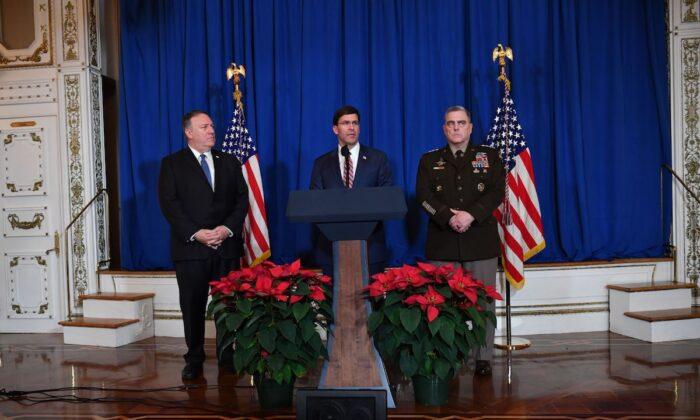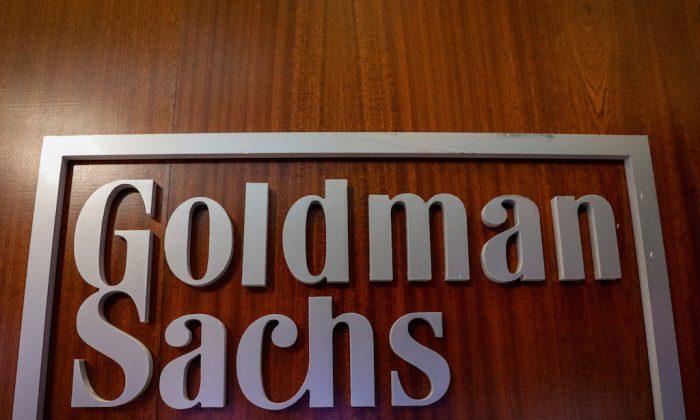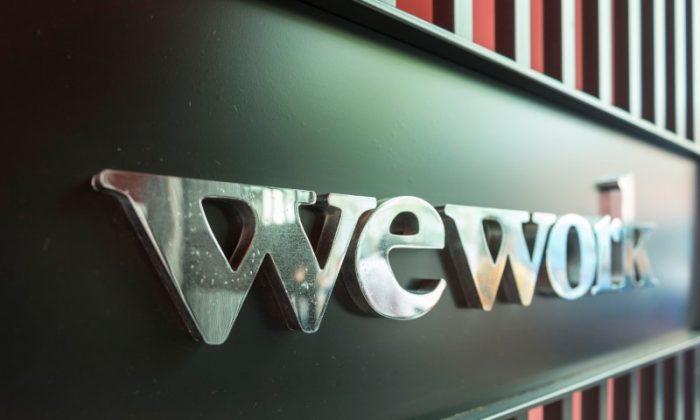Bankers meeting to discuss financing for Sears Holdings Corp.’s impending bankruptcy erupted in disbelief when a headline crossed their smartphone screens. Its subject: them.
A breaking news report said the bankers, gathered Oct. 11 at the Manhattan offices of law firm Weil Gotshal & Manges, were pushing to liquidate the American retail icon instead of saving it with a new loan. The implications were clear, according to people familiar with the meeting: Keep Sears alive, or you’ll be publicly blamed for the 50,000 job losses that would come with its demise.
As far as the bankers knew, the report wasn’t true, said the people, who asked not to be named discussing private negotiations. But even today, as they face a deadline in two weeks to extend more loans, the bankers can’t escape factoring in the social cost of their decision.
Lampert’s Plan
“Will Sears be relegated to the dustbin of history, and will 68,000 Americans lose their jobs?” Riecker asked in a court affidavit. The answer “lies in the level of support and cooperation that the debtors receive” from creditors and business partners. Many Sears workers have already been let go.The messaging comes as Lampert’s hedge fund, ESL Investments Inc., seeks about $1 billion in funding for its proposed purchase of what’s left of Sears, according to the preliminary details outlined in court documents Dec. 6. The bankers’ decision whether to chip in will come in a national political climate prickly with populist rhetoric.
They know that creditors who opted to liquidate Toys “R’’ Us became the target of protests by fired workers, faced increased investor scrutiny and weathered criticism from presumed presidential hopefuls Elizabeth Warren and Cory Booker. They also know that President Donald Trump blasted General Motors Co. for announcing worker cuts. The last thing the Sears bankers want is a blow to their reputations.
Needs $1 Billion
In October, Sears’s banks, led by Wells Fargo & Co. and Bank of America Corp., agreed to extend the retailer $300 million to fund itself during bankruptcy. Bank representatives declined to comment.Sharp Elbows
Fired Toys “R’’ Us workers attracted enough support to land them a payoff. KKR & Co. and Bain Capital, the two buyout firms that controlled the toy retailer, created a $20 million fund to partly compensate employees who lost their jobs.Bankruptcies are rarely smooth, with sharp elbows and aggressive jockeying commonplace even when politics has a muted role. But lately, politics rarely has a muted role.
“It’s more pronounced now,” said Josh Sussberg, a partner in the restructuring group of Kirkland & Ellis. “We live in an internet world, so people can get in touch very quickly and organize.”
Last week, Sears won court approval to give top executives $25.3 million in bonuses to keep them from leaving, even as the company lost $1.9 billion in the first nine months of 2018 and Lampert’s estimated worth hovers around $2.5 billion, according to the Bloomberg Billionaires Index.
“When you deal with large swaths of employees, you’re naturally going to see a higher level of publicity that’s politically driven,” said Steven Zelin, head of the North American restructuring and special situations Group at PJT Partners Inc. “The retailers are large and well-known to the day-to-day consumer, and by definition, high-profile closings create public pressure.”




